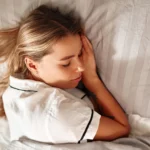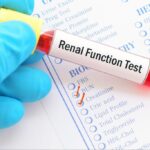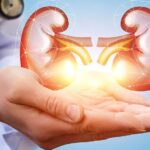Easily visible and abnormally enlarged veins are the varicose veins. They are mostly blue or purple. Some people may have pain associated with this illness, while others may not have any symptoms at all. They mainly affect the legs because when a person is standing or walking, the pressure on veins increases.
Types of varicose veins:
- Spider veins
- Reticular veins
- Saphenous varicose veins
Spider veins: Spider veins are present anywhere on the body. They are primarily red or blue. And they are smaller in size. They may look like tree branches and can be seen on the face and legs.
Reticular veins: Large swathes of skin are covered in thicker veins called reparative veins. They are primarily red, blue, or purple. They cover a wide area of the skin. Ultrasound examinations can reveal them.
Saphenous varicose veins: Saphenous varicose veins include the saphenous veins(those that are present in the legs). In this type of varicose veins, the veins become large at a point when they bump out from the skin.
Symptoms of varicose veins
Following are the symptoms most commonly seen in people:
- Itching and heaviness in legs
- Muscle cramping and burning sensation in lower legs
- Pain increases when standing for a long time
- The skin color may change around them.
Treatment
Suppose a patient doesn’t feel any discomfort or pain. Then, the treatment of this disease is not necessary. But if this disease makes hurdles for a person to do daily tasks, and they are enlarged in size, then they should be removed by surgery. Some people also prioritize cosmetic surgeries to get rid of varicose veins.
Home Remedies
Following is the list of all the home remedies that could be done:.
- Try to avoid prolonged standing or sitting
- Try to exercise daily
- Raising the legs
Risk factors of varicose veins
There is a list of reasons that could be the reason to develop spider veins. Aging can cause the wear and tear of valves in the veins, which may lead to complications in blood flow. After menstrual and pregnancy, the hormones of women change in a way that may become the cause of varicose disease. If someone has some history of the illness in their family, they have more chances to develop this condition. If a person is overweight, there are more chances to develop varicose veins.
Complications
Complications may occur if the symptoms become severe; here is the list of all the possible complications: Ulcers can be formed near the affected area and can be painful. A discolored spot could be seen before the formation of the ulcer. If the veins of the leg become enlarged and cause pain and swelling, there is a chance of blood clot formation. Sometimes, the veins burst and cause minor bleeding. This condition needs urgent treatment.




